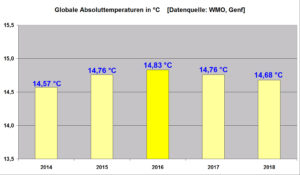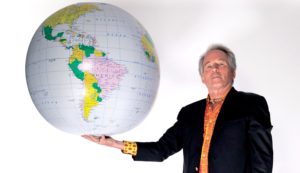by SCE-info, 1 novembre 2019 in ScienceClimatEnergie
Nous revoici plongé une fois de plus dans la énième COP censée répondre à l’Urgence Climatique. Pour rappel c’est lors du Sommet de la Terre, en juin 1992, à Rio de Janiero que cette urgence climatique, qui ne disait pas encore si haut son nom, a démarré. Depuis lors l’Urgence Climatique fait partie de notre quotidien avec ses prédictions apocalyptiques jamais avérées, sauf à établir un amalgame entre climat et catastrophes non liées au climat. Quelques amalgames parmi d’autres ? Les exagérations climatiques extrêmes, analysées à SCE et qui montrent comment les médias par un tour de passe-passe nous vendent du global à partir de ce qui est le plus souvent local, même démarche avec la forêt amazoniennedécrétée à tort ‘poumon de la planète’ ou encore les incendies de grande ampleur de 2017en Californie ‘simplement’ liés à une gestion idéologique des forêts par les pouvoirs publics. Que n’a-t-on pas entendu sur ces phénomènes et bien d’autres…
Oui les COP se succèdent, ne rectifient jamais le tir et n’ont toujours qu’un seul ennemi à combattre, le mal du siècle, le CO2, symbolisé par le ‘bouton CO2’ censé être à l’origine de tous les dérèglements rapportés. Force est de constater que dans cette hypothèse du CO2toutes ces COP se révèlent un échec cuisant, pour preuve l’augmentation de 1,7% de ce gaz en 2018 atteignant ainsi un nouveau record (ici et ici). Non seulement ces grands-messes onusiennes sont des échecs, mais elles entretiennent également une belle incohérence : outre que chaque sommet coûte très cher (130 millions de dollars pour plus de 30 000 participants (sic) au dernier sommet de Katowice en Pologne et environ 2 milliards de dollars depuis la première COP), ces réunions émettent plus de CO2 que 8200 familles américaines en un an, ou l’équivalent de 11700 voitures pendant un an, ou encore 728 camions pour la même période (ici).
…









